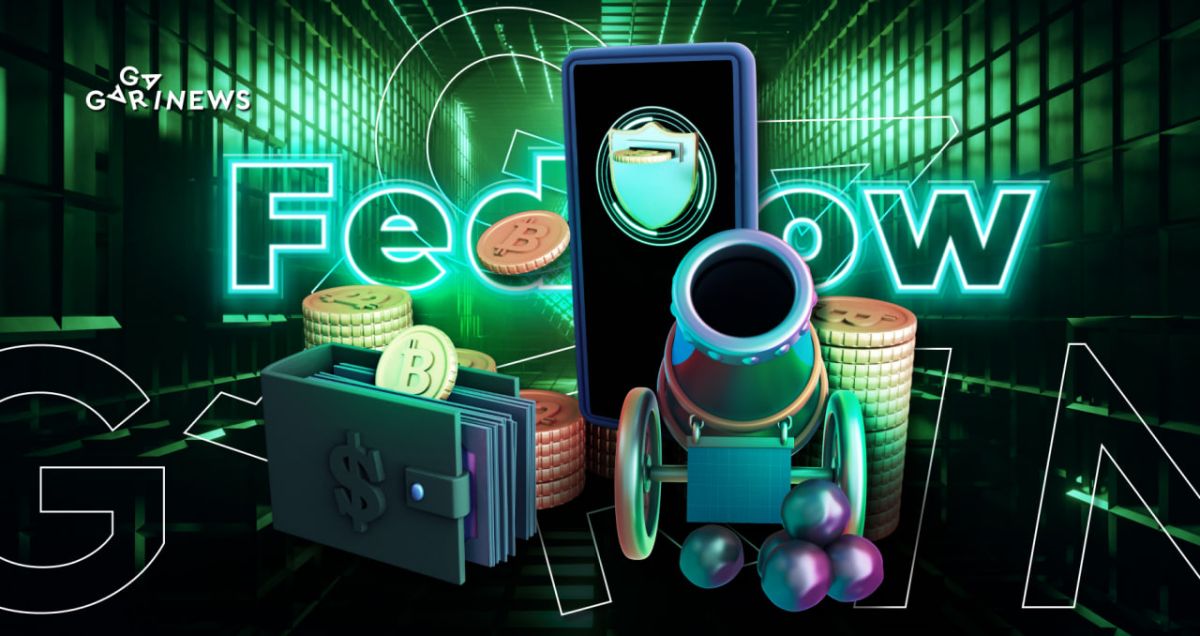Payment Revolution: FedNow Takes on Crypto and CBDCs

The US Federal Reserve has announced the launch of its own payment system, FedNow, which will go live in July 2023. The system will operate in real-time and was announced in mid-March.
On this page
Understanding FedNow: An Explanation from the US Federal Reserve
The US Federal Reserve has developed its own payment system called FedNow. The main goal is to provide American banks and financial institutions with the ability to conduct instant payments.
FedNow is powered by FedLine, an electronic network operated by the Federal Reserve that allows for direct fund transfers between banks. With over 10,000 financial institutions already on board, FedLine is a trusted player in the game of real-time payments.
The plan is to eventually allow all US banks to connect to FedNow, regardless of size or location. The federal payment system is prepared to serve customers 24/7 without any days off, ensuring that both individuals and the corporate sector can make and receive money transfers of any size.
Could FedNow Disrupt Cryptocurrencies? Exploring the Connection
The launch of the pilot program for FedNow, the new payment system developed by the US Federal Reserve, in September 2022 was perceived as a possible threat to cryptocurrencies as more than 100 banks and financial institutions in the country participated. Traditional banking institutions have long been criticized by Americans for their slow processing times, which can take several days, and their inability to transfer money on weekends and holidays. Some experts had predicted that the Federal Reserve would respond to customer criticism by implementing its own blockchain solution.
However, the Federal Reserve's solution to the slow and outdated traditional banking system was right under our noses all along. The institution decided to outdo cryptocurrencies by opening up its own lightning-fast transaction system to the public. Previously, only corporate clients of the Fed such as banks and payment systems like Western Union had access to it.
Enthusiasts of the new FedNow payment system compare its speed and capabilities to those of cryptocurrency transactions. In late March, the daily number of Bitcoin transactions was around 300,000, while the number of transactions processed by the Federal Reserve in the same period was roughly three times higher. Therefore, the Fed is confident that it will outpace cryptocurrency and other payment systems.
Can FedNow Compete with CBDCs?
Some are speculating that FedNow may not only be the first step towards the introduction of a CBDC, but it could also potentially render a central bank digital currency unnecessary altogether.
The Federal Reserve estimates that it will take at least five years from the time of Congressional approval to launch a central bank digital currency (CBDC). However, the original intention behind the CBDC was to modernize the banking infrastructure and make payments faster and more convenient. Now, the Federal Reserve claims that FedNow will easily solve these issues without the need for a CBDC, and it will be launched this summer instead of waiting half a decade.
The full effects of FedNow on the implementation of a CBDC are yet to be determined. Nevertheless, it is evident that crypto firms do not seem to be overly concerned with this new development from the federal government. For instance, the New York-based blockchain operator Tassat quickly declared its preparedness to furnish its B2B customers with access to FedNow. This is because the novel federal payment platform does not currently feature the ability to transfer funds across borders. Therefore, it is premature to suggest that FedNow is breathing down crypto's neck.
The content on The Coinomist is for informational purposes only and should not be interpreted as financial advice. While we strive to provide accurate and up-to-date information, we do not guarantee the accuracy, completeness, or reliability of any content. Neither we accept liability for any errors or omissions in the information provided or for any financial losses incurred as a result of relying on this information. Actions based on this content are at your own risk. Always do your own research and consult a professional. See our Terms, Privacy Policy, and Disclaimers for more details.

























